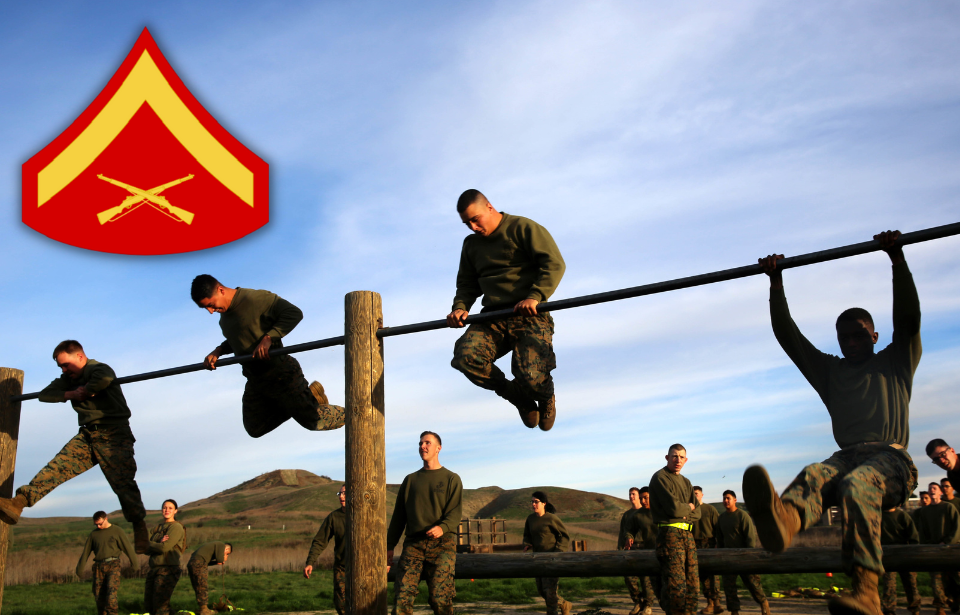The US Marine Corps is known for its resilience, strength, and expertise, setting it apart as the toughest and most prestigious branch of the US military. Yet, even after making it through the grueling 12-week basic training and surviving the demanding 54-hour field test, recruits aren’t automatically awarded the coveted rank of lance corporal, a role often considered the ultimate achievement within the Corps.
What does the rank mean?

The rank of lance corporal is the third in the US Marine Corps hierarchy and is a relatively common title among those who serve. Above private first class but below corporal, it’s the highest rank a Marine can achieve without being a non-commissioned officer. It’s awarded to those who demonstrate strong leadership abilities, as the title itself translates to “leader.”
The term “lance corporal” blends two ancient terms: “corporal,” derived from the Italian phrase capo corporale, meaning “head of the body,” and lancepesade, meaning “broken lance” or “broken spear.” Together, they can be interpreted to mean “one who has broken a lance in combat.” Thus, a lance corporal is recognized as an accomplished warrior and military leader.
First used in the United States in 1802
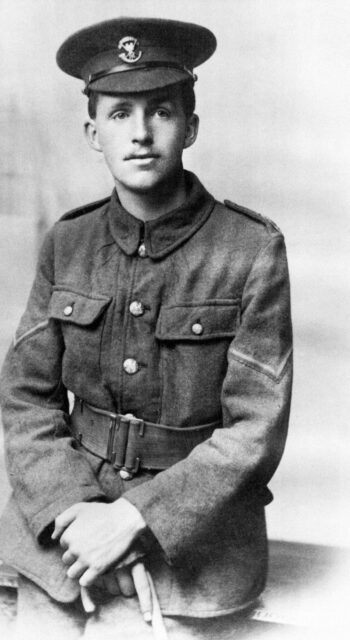
In medieval Europe, the term meant a small unit of soldiers and continues to mean the leadership of smaller groups today. In the United States, the rank of lance corporal was first introduced in 1802 and gained official recognition in 1821. However, by 1965, the US Army phased out the rank, combining its insignia with that of private first class.
On the other hand, the US Marine Corps had been using the ranks of lance corporal and lance sergeant informally since the 1830s. By 1917, these ranks became less important with the introduction of the private first class rank. While lance sergeant was cut, lance corporal continued to be used.
Not officially instated in the US Marine Corps until 1958
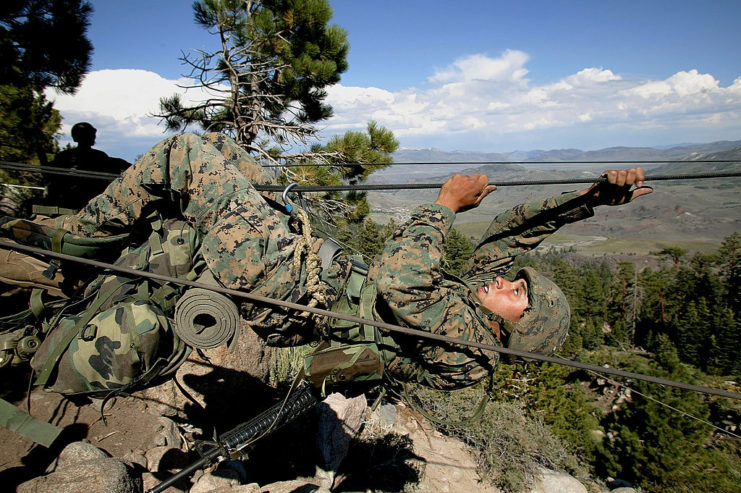
The lance corporal rank remained in the Marines into the 1930s, but was infrequently used until it was officially instated as a rank in 1958, following the Career Compensation Act of 1949. Today, it speaks to the storied and unique history of the US Marine Corps, with those wearing the rank’s chevron with crossed rifles doing so with pride.
What does it take to become a lance corporal?
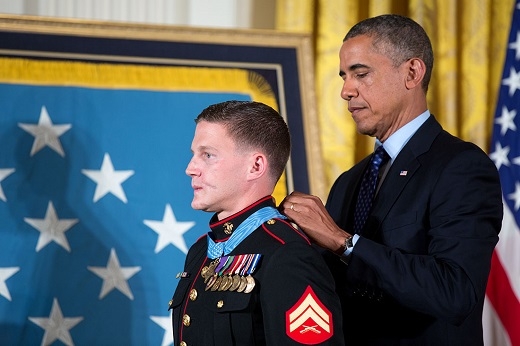
The rank of lance corporal can be somewhat divisive among Marines. While many have earned this position through exceptional leadership and combat skills, others are notoriously known for getting into various kinds of trouble. One Marine who truly exemplified what it means to hold the rank of lance corporal is Medal of Honor recipient, Kyle Carpenter.
In November 2010, while serving in Afghanistan, Carpenter was on a rooftop security post with fellow Marine Nick Eufrazio when the enemy launched a daytime attack, hurling hand grenades in their direction. With complete disregard for his own life, Carpenter threw himself onto one of the grenades, shielding his comrade from the blast.
Kyle Carpenter exemplified what it means to be a lance corporal
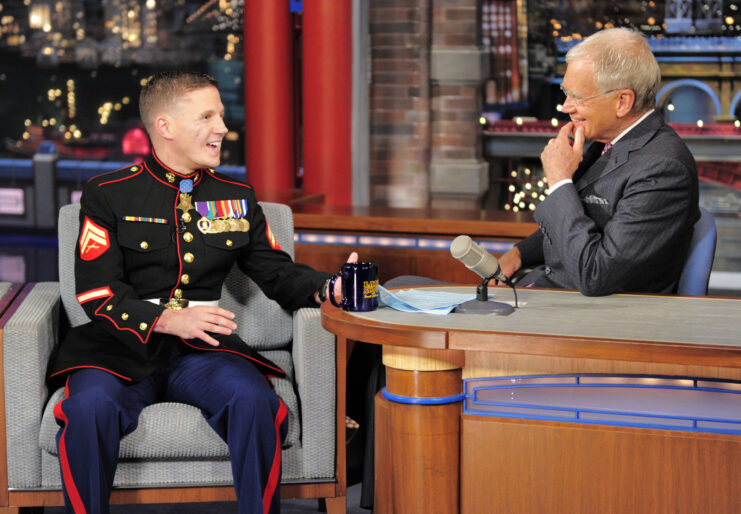
Carpenter, who retired with the rank of corporal, suffered the brunt of the blast. He lost his right eye and most of his teeth in the explosion. His jaw and right arm were also shattered, and while he had to undergo dozens of surgeries, he survived his injuries.
Want War History Online‘s content sent directly to your inbox? Sign up for our newsletter here!
In 2014, he was awarded the Medal of Honor for his selfless service, becoming the eighth living recipient for service performed in Afghanistan. Like many lance corporals before him, his rank spoke to his legendary potential both on and off the battlefield – a trademark of true Marine Corps excellence.
